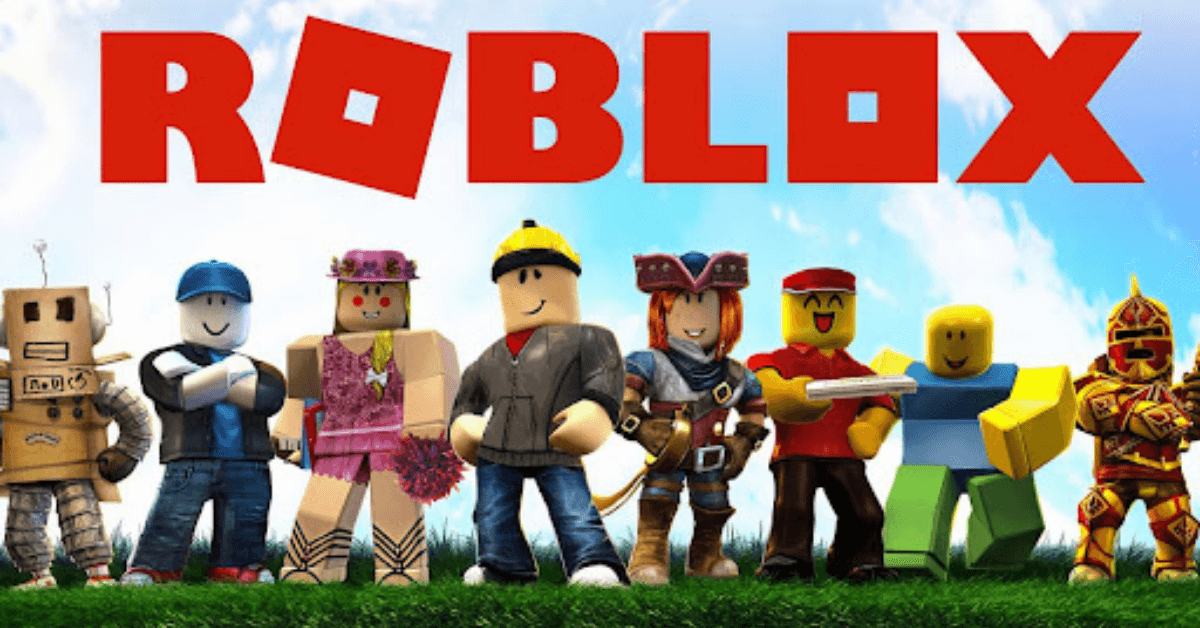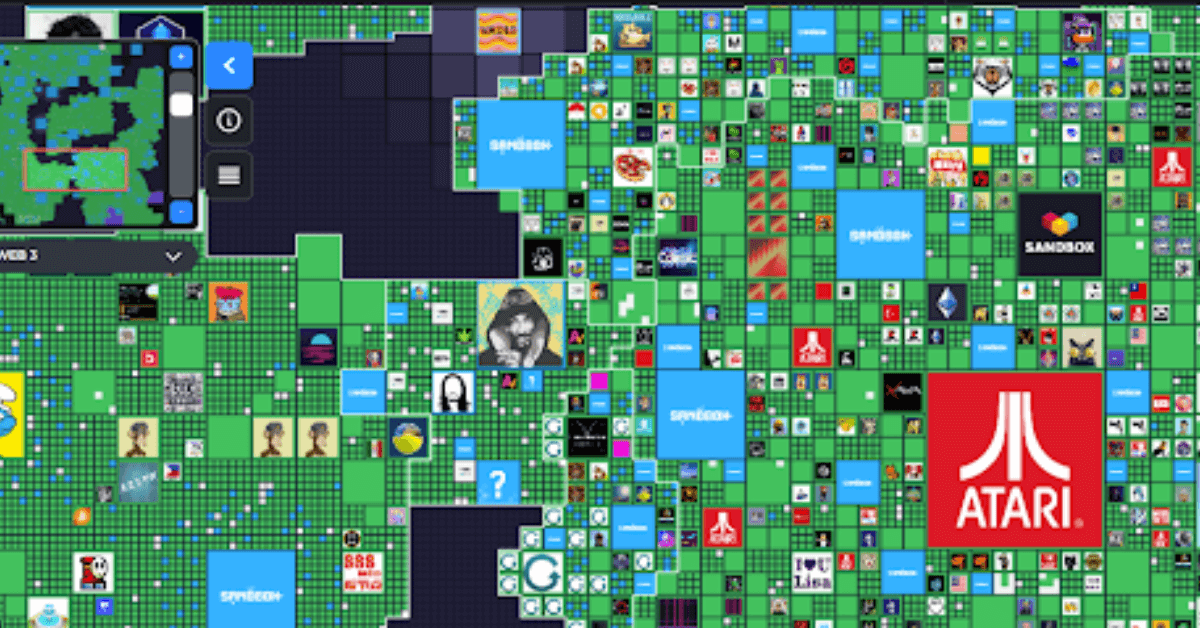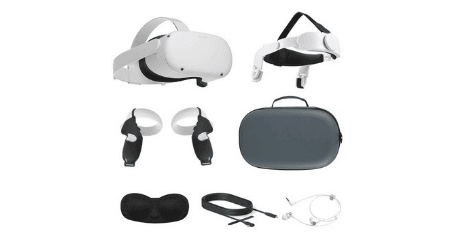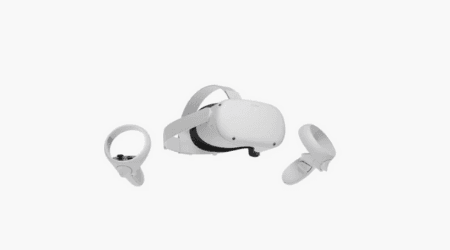Disclaimer: This page is not financial advice or an endorsement of digital assets, providers or services. Digital assets are volatile and risky, and past performance is no guarantee of future results. Potential regulations or policies can affect their availability and services provided. Talk with a financial professional before making a decision. Finder or the author may own cryptocurrency discussed on this page.
A metaverse can be many things: it’s a virtual world where users can use virtual reality (VR) technology to interact with other people, buy things, play games or even own digital assets, like NFTs. However, it’s not “The Metaverse.”
The way you enter a metaverse depends on which metaverse you choose — and there are many. Your VR hardware, device, the metaverse’s capabilities and your access to cryptocurrency determine how you explore and interact in the metaverse as well.
What is a metaverse?
The term “metaverse” was coined by author Neal Stephenson in his novel Snow Crash, which describes a computer program that simulates the virtual world.
Metaverse refers to a virtual reality that’s intuitive, immersive and more useful than traditional life sim games. A metaverse is meant to be governed by the users themselves, and is typically built on blockchain technology and crypto (decentralized finance).
Modern metaverses are meant to be an extension of the real world, eventually with full immersion.
Immersive levels
There are three immersion levels within the metaverse that each require different tech and gear:
- Non-immersive: A computer program or game, where you control your character remotely, indirectly interacting with the virtual world without physical sensations.
- Semi-immersive: Examples include a flight simulator with a realistic flight stick, playing a racing game with a steering wheel controller, or using a VR headset. Some physical sensations while interacting with the environment are possible with haptic vests and treadmills.
- Fully immersive: A fully-immersive world would involve every human sense. It would require a variety of technologies, and may not be possible for many years.
How to join the metaverse
Start by choosing the metaverse platform you want to join or participate in. There are metaverse gaming platforms, museums, skate parks, gardens, real estate games and more that each require different tech, digital wallets or devices to join. Research your chosen metaverse platform to find out which items you need to get started.
Create an account with the metaverse platform you want to join. In some cases, especially with gaming universes, you may need to purchase an NFT to play. However, creating an account is almost always free.
Metaverse items you may need
Items you may need or want before joining a metaverse:
- Augmented reality (AR) glasses
- Gaming console
- Haptic suit, vest or gloves (usually optional)
- Motion controllers
- Smartphone or PC
- VR headset (Oculus, HTC Vive, Playstation VR, etc.)
- Digital wallet
The Oculus Quest can run you between $300 to $400 retail depending on the model — immersive VR gear isn’t cheap. For people who don’t have VR gear, but do have a smartphone, there are VR headsets where you place your phone inside — like VR-sky — and typically cost around $20 to $30. However, you may not need VR gear depending on the game or metaverse you choose.
Shop metaverse VR gear
Do I need cryptocurrency to join the metaverse?
You may not need cryptocurrency or a digital wallet to enter a metaverse. Many metaverse platforms allow users to enter without paying anything, simply requiring an account, a compatible device and email for verification.
However, some metaverses have in-game shops, NFTs for sale and in-game economies that enhance the experience. Cryptocurrency and a digital wallet may be required to enjoy the play-to-earn (P2E) aspects of a metaverse game.
Start trading crypto with: Gemini Cryptocurrency Exchange
Minimum Deposit
Cryptocurrencies
Fiat Currencies
- Wide range of exchangeable currencies
- User friendly
- Newcomer incentives
- Insurance on currency balances up to $250k
- Balances can earn interest
- High fees on mobile app
- Missing some notable top 20 currencies
- No linked debit cards available
Gemini's strongest point is its Gemini Earn program, which allows users to earn up to 7.4% interest on specified cryptocurrency balances.
Gemini has a wide selection of cryptos available for exchange on the platform. However, some notable entries from the top 20 by market cap are missing, such as Cardano and Solana.
| Deposit Methods | Bank transfer (ACH) PayPal Wire transfer (USD) Bank transfer (EUR and GBP) FAST transfer (SGD) Cubix Plaid Direct Payments (UK) |
|---|---|
| Deposit Fees | ACH transfer: none Wire transfer (USD): determined by your bank +$25 PayPal: 2.50% Cubix: none |
| Withdrawal Fees | ACH transfer: none USD wire transfer: $25 |
| Trading Fees | Trading: Dependant on transaction size: $10 or less: $0.99 $10–$25: $1.49 $25–$50: $1.99 $50–$200: $2.99 More than $200: 1.49% of order value Spread: 0.5% convenience fee on all transactions |
Types of metaverses you can join
We’re in the early stages of what a metaverse can be and its capabilities, but there’s already multiple ways to enjoy a virtual world.
Play-to-earn games
A metaverse game is designed to be more interactive than a traditional game. Some examples of play-to-earn (P2E) metaverse games are Roblox, Upland, The Sandbox and Decentraland. Most of these games are built on blockchain technology, allowing players to buy and sell in-game NFTs.
How immersive and DeFi these games are varies. Roblox, for example, supports the use of VR gear but isn’t built on a blockchain, where Decentraland has no VR support, but is built on Ethereum.
A P2E metaverse game typically requires a digital wallet to play and earn.

Image source: Roblox
Social spaces
Social spaces are virtual reality spaces where users enter a metaverse and use an avatar (typically 3D) to socialize with others. A metaverse social space differs from traditional chat rooms and VRChat, in that cryptocurrency and blockchain tech is essential to enjoying the full capabilities of the platform.
Spatial is an example of a metaverse 3D social space, built on Binance Smart Chain blockchain. You can use a variety of VR tech to enter and meet up with friends, coworkers and family. Companies can use Spatial as a way for employees to meet for chats, collaboration and presentations, too.
Social space metaverses typically allow users to buy land plots to display art, build structures or simply have their own space to meet up. You need a digital wallet to buy and sell NFT art, structures or avatar clothing.

Image source: Spatial
NFT art galleries
NFT art galleries are popular in the metaverse space, primarily for displaying NFT art and projects.
Sotheby’s Metaverse is a famous example, which has become an online space for rare and expensive NFT art. Users can bid on art and view collections and display their art in an interactive environment.
To buy and sell NFTs in art galleries, plan on having a digital wallet where you store your NFTs.
Virtual real estate
Purchasing land plots and parcels is a key aspect in many P2E games and even social spaces. Decentraland and Upland are prime examples of virtual real estate in the metaverse.
Upland is a virtual P2E where users buy parcels that are mapped to the real world — build structures, sell land for a profit and earn cryptocurrency. In Decentraland and Sandbox, parcels can be used to construct casinos, art galleries, games, host events and much more.
Buying virtual real estate in a metaverse almost always requires a digital wallet and cryptocurrency.

Image source: Sandbox
What can I do with my NFTs in the metaverse?
NFTs have many forms and uses in a metaverse: land parcels, avatar clothing, game characters, art, videos and more. For example,
- Display NFT art in Spatial metaverse
- Dress your avatar in wearable NFTs such as jackets, shoes or sunglasses in Decentraland.
- Play NFT game characters in P2E games
- Buy plots of lands that are NFTs in Upland
Many metaverses have a proprietary NFT marketplace where users can buy, sell and trade NFTs with other users. Some users focus on collecting expensive and rare NFTs and selling them on a marketplace once their value appreciates.
For example, a famous shoe company could release a limited line of shoe NFTs for avatars to wear in a specific metaverse. If the company is well-liked and the shoe NFTs are rare, the value of those NFTs could increase.
People who purchase the shoe NFT to resell it may see a profit. This allows users to earn actual money by buying and selling NFTs in the metaverse — or lose money, depending on how the NFT depreciates or appreciates.
Compare marketplaces to buy NFTs
Are you visiting from outside the US?
Compare other products
We currently don't have that product, but here are others to consider:
How we picked theseJoin a metaverse community
Joining a metaverse’s Discord server or subreddit helps you stay current with news, updates and even rare NFT drops. Other members of the community may even be willing to help with any questions you have — these forums can be a wealth of information.
Many crypto-companies join Discord to update and interact with the community around their product. Reddit is a popular cryptocurrency hub as well, where you’re likely to find a subreddit dedicated to a specific metaverse, coin or NFT marketplace.
What to watch out for
When interacting with a metaverse, losses, security and potential scams are something to consider.
- Asset security.Cryptocurrency and NFTs are stored in software or hardware digital wallets. If someone gets the login information for your wallet, they have access to your accounts and there’s usually no way to get them back once they’re stolen. Keep your passwords and passphrases safe.
- NFT volatility. An NFT’s value is largely based on consumer interest, rarity and accessibility. We don’t recommend investing more in cryptocurrency or NFTs than you can afford to lose: there’s no guaranteed payout with these digital assets.
- Scams. Rug pulling scams and phishing attempts are rampant in cryptocurrency and NFT spaces. Never give out your wallet’s passphrase to anyone, and look for red flags when purchasing NFTs on public marketplaces.
Whether products shown are available to you is subject to individual provider sole approval and discretion in accordance with the eligibility criteria and T&Cs on the provider website.
Compare other products
We currently don't have that product, but here are others to consider:
How we picked theseAsk a question
More guides on Finder
-
Top 29 NFT and cryptocurrency influencers in 2022
Check out the top tastemakers for crypto, NFTs, DeFi, Bitcoin and blockchain technology, from NYT experts to published authors and YouTubers.
-
Finder Awards 2022: NFT marketplaces
We compared over 30 NFT marketplaces to award the top platforms of 2022.
-
NFT vs. Crypto
Crypto and NFTs are far from the same thing – learn the differences.
-
Town Star review: An addictive P2E NFT farming simulation
In this Town Star guide you’ll learn how Gala Games’ free-to-play NFT farming simulator with P2E potential puts fun first.
-
NFT trading cards: What they are and how they work
Explore the world of NFT trading cards
-
My DeFi Pet game guide
My DeFi Pet is a blockchain game with many ways to interact with your NFT pets.
-
NFT statistics
The definitive ranking of the NFT adoption across 26 countries.
-
Crypto.com NFT marketplace review
Trade, mint and collect with Crypto.com’s NFT marketplace.
-
eBay NFTs review and guide
A deep dive into eBay’s foray into the NFT ecosystem, looking at everything from available categories to potential drawbacks.











